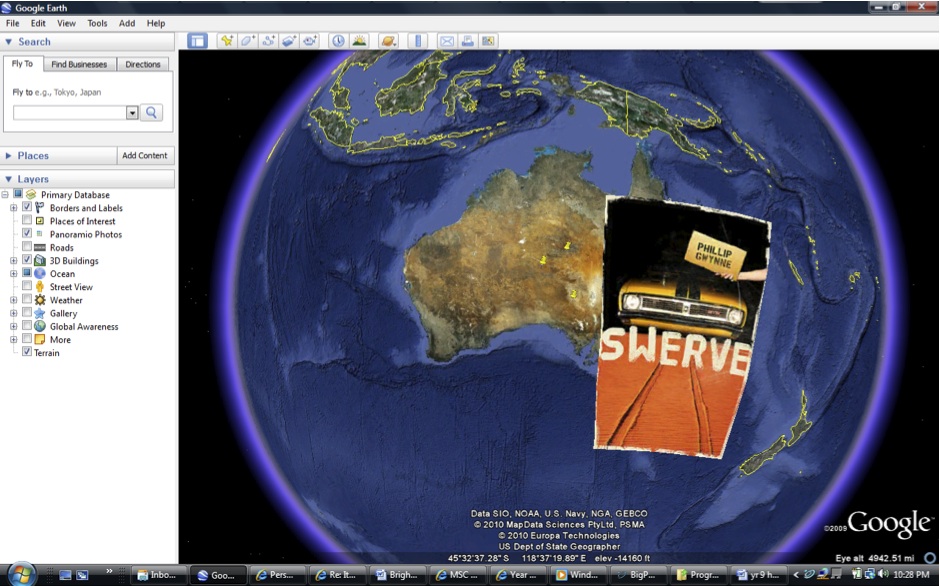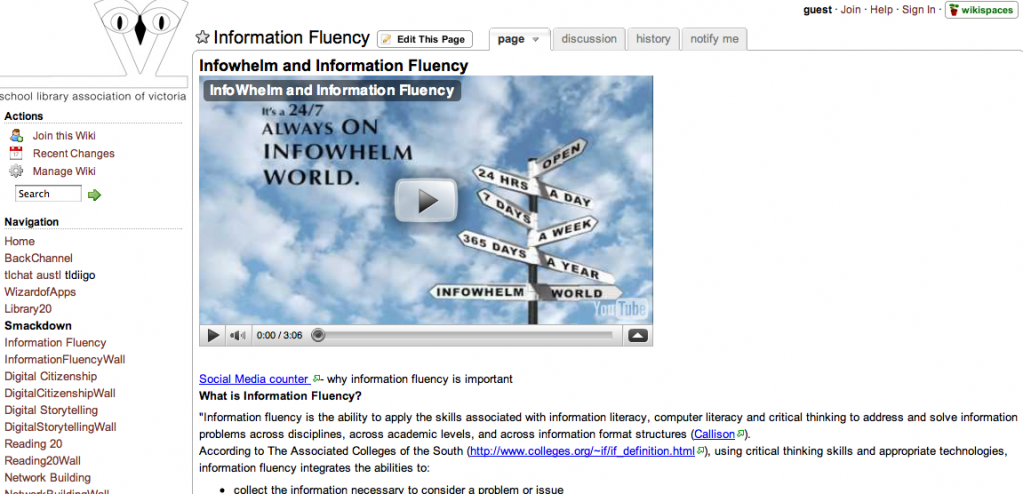The Enhancing_Teacher_Takeup_of_Digital_Content_Report commissioned by Education Services Australia (a merger between Curriculum Corporation and Education.au) and written by Professor Michael Gaffney has recently been published.
The Executive Summary explains:
- Although digital uptake in schools increasing, many teachers do not use technology in their classroom
To ensure this is changed, the following points are recommended:
1. Contextual factors
1.1 Governments and education authorities have clear goals and policies for adoption.
1.2 The timeline for adoption by governments and education authorities (ie the political timeline) associated with policy development, program delivery and evaluation reflects the timeline for adoption by schools and teachers (ie the educational timeline) associated with finding, assessing relevance, take-up and refinement of the use of digital content.
1.3 Schools have the infrastructure necessary for adoption, including available, suitable and affordable technological tools.
1.4 Teachers and students appreciate the relevance of the digital content and how it relates to the curriculum, and see links to current teaching and learning practices.
2. General change factors
2.1 Leaders in government, education authorities and schools encourage a culture of inquiry and openness to change.
2.2 Government and education authorities provide an appropriate balance of pressure and support for change.
2.3 The capabilities and technical skills of teachers and students are recognised as assets rather than liabilities.
2.4 The technological tools are reliable, useful and aligned with the school culture.
1. Contextual factors
- 1.1 Governments and education authorities have clear goals and policies for adoption.
- 1.2 The timeline for adoption by governments and education authorities (ie the political timeline) associated with policy development, program delivery and evaluation reflects the timeline for adoption by schools and teachers (ie the educational timeline) associated with finding, assessing relevance, take-up and refinement of the use of digital content.
- 1.3 Schools have the infrastructure necessary for adoption, including available, suitable and affordable technological tools.
- 1.4 Teachers and students appreciate the relevance of the digital content and how it relates to the curriculum, and see links to current teaching and learning practices.
2. General change factors
- 2.1 Leaders in government, education authorities and schools encourage a culture of inquiry and openness to change.
- 2.2 Government and education authorities provide an appropriate balance of pressure and support for change.
- 2.3 The capabilities and technical skills of teachers and students are recognised as assets rather than liabilities.
- 2.4 The technological tools are reliable, useful and aligned with the school culture.
3. Innovation-specific factors
- 3.1 Digital content is readily accessible, links with the curriculum, and does what it purports to do.
- 3.2 There is a clear implementation path for adoption and it is linked to whole-school planning.
- 3.3 Government and education authorities allocate resources strategically and equitably, and have processes to promote and monitor the use of digital content.
- 3.4 Teachers and students have the resources to use digital content (including access to hardware and software, ‘how to’ guides, and expert technical and educational support).
4. Systemic factors
- 4.1 There is awareness and consensus among government, education authorities, school leaders, teachers and students about their philosophy of educational technology and the value of digital content, as well as the means by which the use of such content can benefit students.
- 4.2 The adoption process is designed and implemented so that the efforts of governments, education authorities, school leaders, teachers and students are aligned (through attention to the contextual, general change, innovation- specific, and systemic factors noted here) to achieve effective integration of digital content into teachers’ pedagogical practice.
This is a must read document (only 26 pages) for all Australian educators interested in raising digital participation in classrooms across the country.



